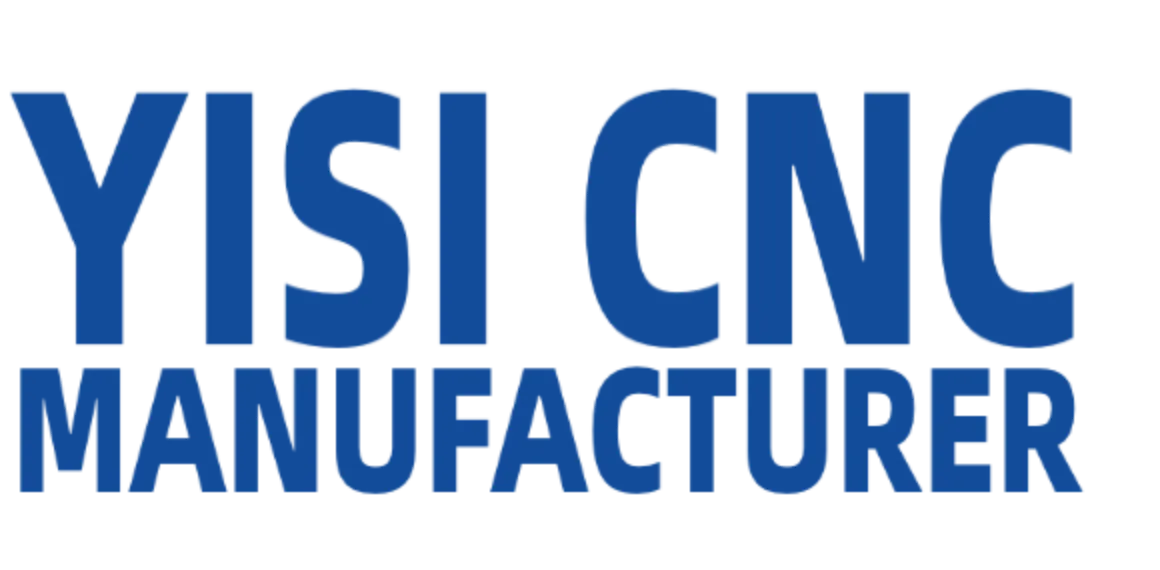What is EDM Machining - Electrical Discharge Machining Definition
Electrical discharge machining or EDM, also known as spark machining or spark eroding, is a metal fabrication process and non-traditional material-removal process to get the desired shape using electrical discharges. EDM machining utilizes quickly recurring current discharges between two electrodes to remove excess material from the workpiece. During the EDM process, the tool and workpiece will not make physical contact. CNC machines and equipment allow the use of some new electrical discharge machining techniques. EDM machining is commonly used in the die and mold-making industry and can be used to machine hard materials and produce precision complex parts.
Why Use EDM Machining?
In some industries, many special parts and products may have high requirements, as a high-precision manufacturing process, the EDM machining process can machine difficult materials and complex parts precisely, and can work to very tight tolerances, such as +/- 0.012mm, which makes it become important in lots of manufacturing fields, especially critical industries like aerospace and medical.
Advantages of Electrical Discharge Machining
- - Not affected by heat during the process.
- - The hardness of tools doesn’t need to be higher than that of materials.
- - Can be applied to any electrically conductive materials.
- - High complexity, high accuracy, and good surface finish can be achieved.
- - Reduced machining time compared to traditional machining.
- - No contact between the workpiece and tool, it will not cause mechanical stress.
- - Extra materials will not be processed into waste, which improves the utilization of materials.
- - Vertical angle of the workpiece can be achieved.
- - Hard and corrosion-resistant surfaces on the molds can be obtained.
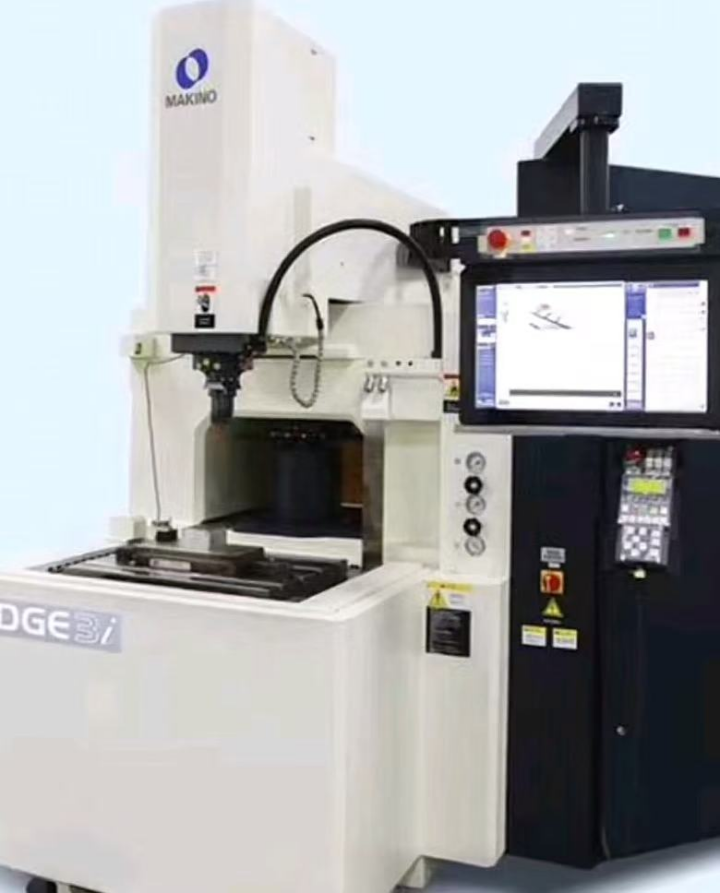
EDM Services - Top-Notch Electrical Discharge Machining Services
At YiSi CNC, our EDM services provide multiple types of precision EDM machining to manufacture custom EDM parts with high accuracy, as a top-notch EDM engineering and EDM service supplier, we can also provide design services, high-precision prototypes, as well as electrical discharge machining parts for medium to high-volume runes. Welcome to contact us to get a fast, free online quote for your orders. The following EDM machining services are provided here.
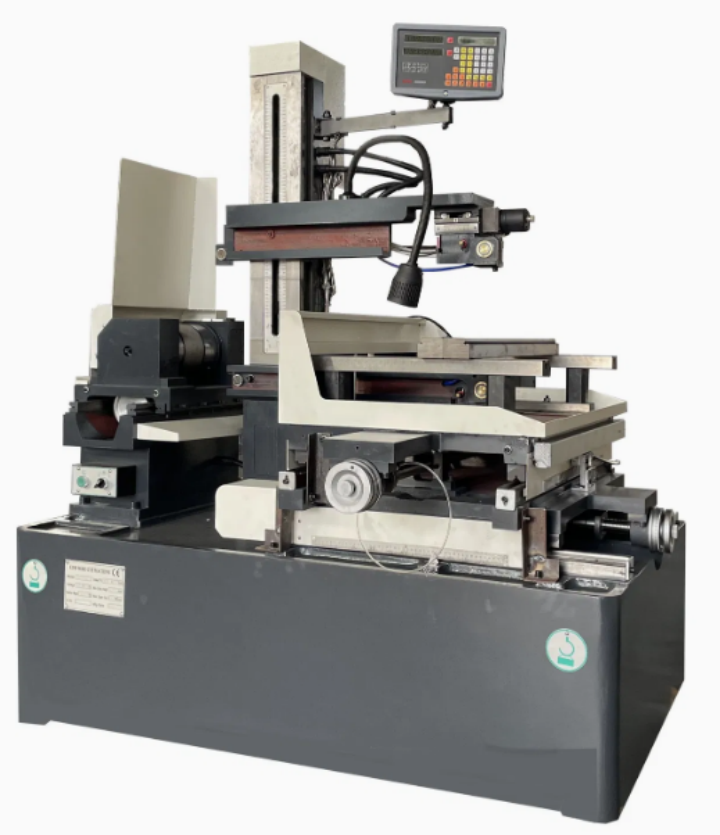
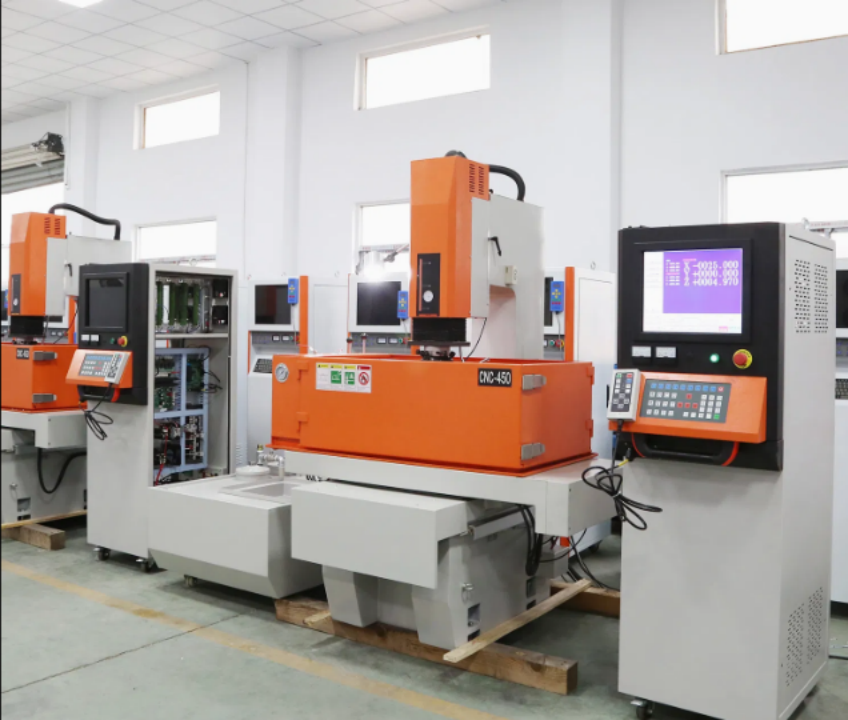

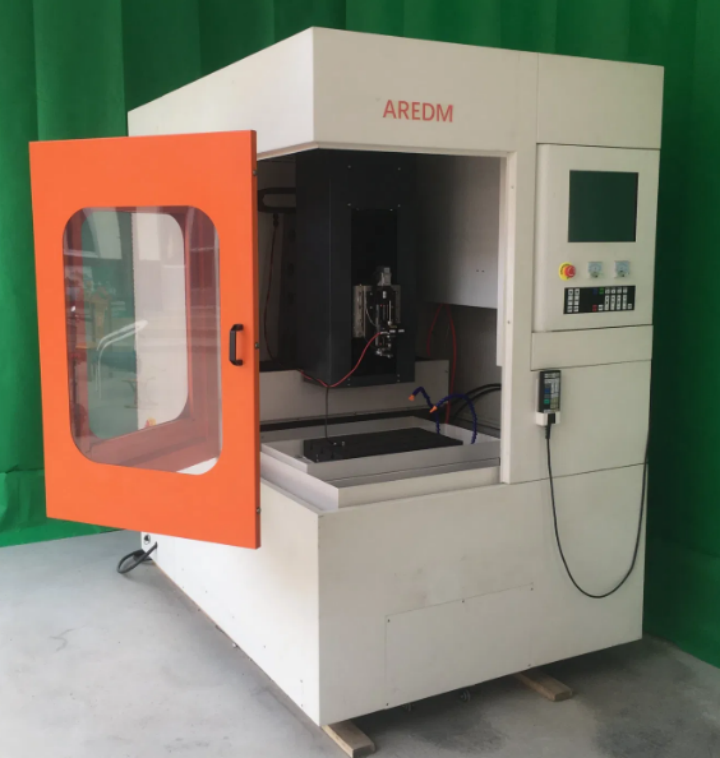
Types of EDM Machining
Wire EDM, which is also known as wire-cut EDM, wire cutting, wire erosion, and more, uses a CNC-controlled thin electrode wire to cut metal workpieces, the wire is charged to the desired voltage and surrounded by deionized water, it does not contact the workpiece directly when the voltage achieves at a certain level, sparks form between the wire and workpiece will melt the part surface. Wire EDM uses the same mechanism as die-sinking EDM but applies an electrically charged wire instead of the die to act as the electrode. The wire used in wire EMD usually has a diameter between 0.05mm to 0.35mm, the new wire will be automatically spooled throughout the process, and precise cuts can be created.
Wire EDM machining can cut lots of difficult-to-machine metals and alloys, including carbide, titanium, tungsten, tool steels, hardened steels, carbon steel, nickel, magnesium, molybdenum, aluminum, high-speed cobalt, etc.
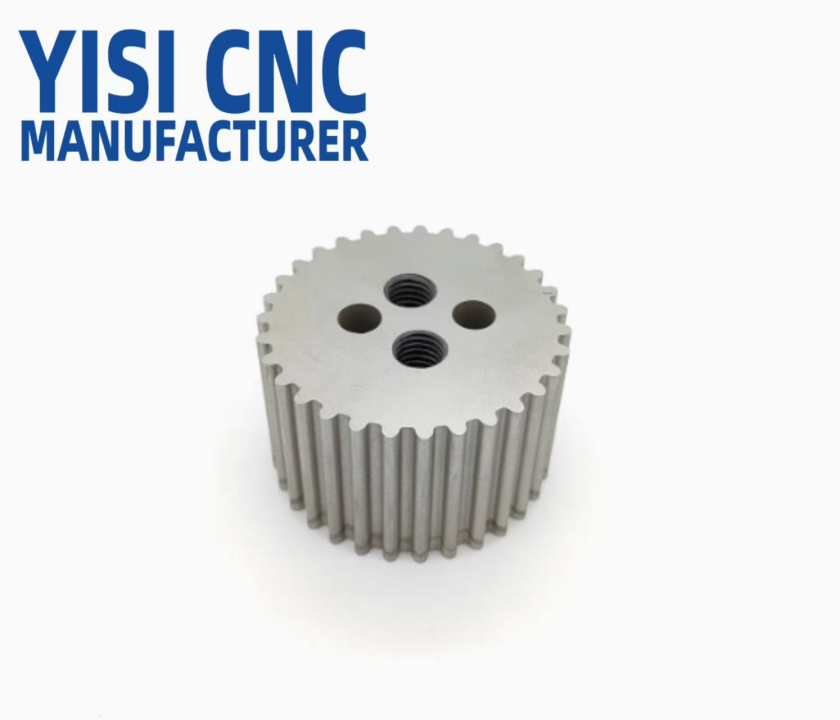
Advantages of Wire EDM
- Since the electrode of wire EDM is 0.03-0.35mm metal wire, there is no need to process a particular electrode, which saves time and considerably improves productivity.
- Wire EDM products are unaffected by the hardness of the material and are capable of processing conductive materials that cannot be created by other methods.
- Materials may be chopped after heat treatment to eliminate deformation issues produced by the post-heat treatment.
- In addition to the influence of wire and gap at the product's inner corner, WEDM may make virtually any shape of the product.
- WEDM has unrivaled advantages over other forms of machining for milling precious metals. It increases material efficiency and decreases material prices.
- The quick wire is recyclable, and the amount of consumables required is minimal. Although the wire cannot be recycled, it is capable of producing micron-precise parts.
- The cutting fluid is a noncombustible liquid that enables automatic operation.
Die sinking EDM, also called conventional EDM or sinker EDM, it generally uses copper or graphite as the electrode, which is the cutting tool as well, the electrode makes one spark at a time, but it produces 500 to 30,000 sparks per second. The copper electrode is ideal for machining small parts and when fine surface finishes are required. Graphite electrodes have high heat resistance, good thermal expansion, good machinability and electrical conductivity, suitable for high volume and large parts production, but with a mediocre surface finish. Sinker EDM is commonly used in mold machining, as well as complex cavities and other forms of tooling.
Die sinking EDM is usually used to process conductive materials, the electrode material used in sinker EDM can transfer the electric pulses to the surface of the parts for spark erosion but with minimum erosion of the electrode, common electrodes are copper, brass, graphite, tungsten, carbides, copper-graphite, etc.
Advantages of Die Sinking EDM
- - Sinker EDM is able to produce complex shapes and parts that are difficult to produce with conventional tools.
- - Delicate details and fragile materials can be machined without distortion, as the tool does not directly contact the workpiece.
- - Good surface finish can be achieved using die-sinking EDM as the movements are restricted by axes.
- - The operation is protected by the liquids, which prevents the tools and parts from being overheated.
- - Excessive diameter of holes caused by grinding of contact surfaces can be avoided, and smaller and deeper holes can be made.
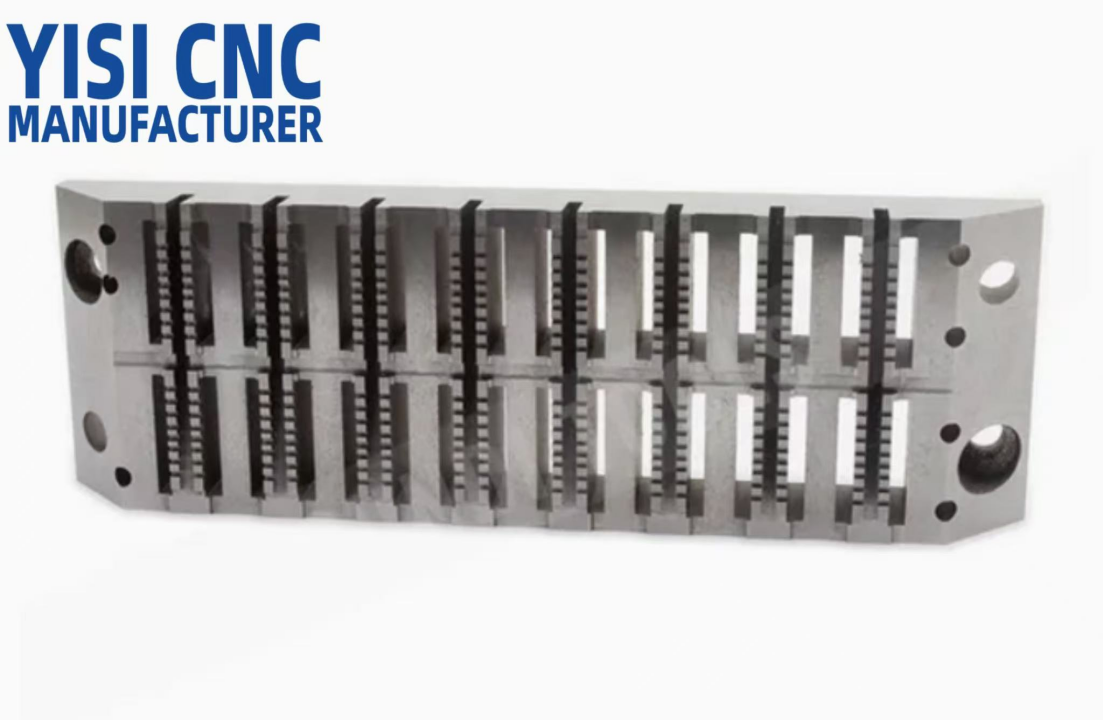
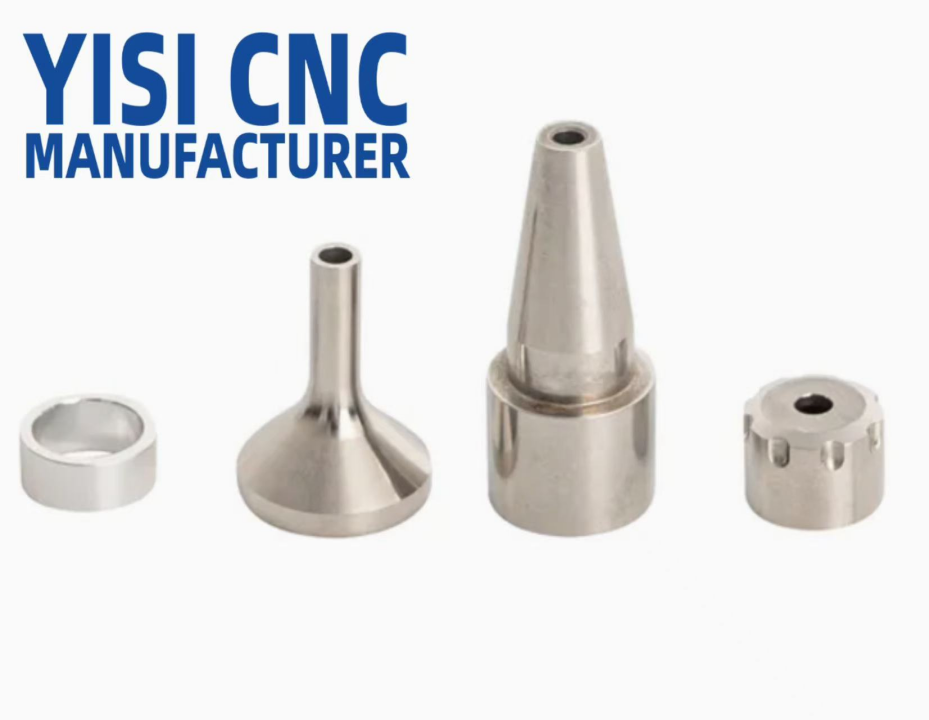
Hole-drilling electrical discharge machining is a unique and quick way to produce small and deep holes accurately in conductive materials and does not need deburring which may occur in traditional drilling methods. Hole-drilling methods apply the same principles as die-sinking EDM, but the cut is completed by a pulsing cylindrical electrode, and dielectric fluid is fed into the cutting area and moved deeper into the workpiece. Hole-drilling EDM has advantages in the manufacturing of high-temperature turbine blades, it can create intricate cooling channels inside the blades.
Advantages of Hole-Drilling EDM
- EDM drilling machines do not rely on physical force to use the tool and can work with various materials no matter how hard it is.
- Some EDM drilling equipment can perform 5-axis machining to create precise holes at different angles.
- It is an optimized technique to manufacture semi-accurate holes in ductile materials at high speed.
- Fast tool wear caused by physical drilling machines can be avoided, especially in rapid drilling.
- The EDM drilling tubes used in hole drilling are typically low-cost and highly-conductive materials.
EDM Machining Materials - What Materials Can Be Machined by EDM
EDM is a typical non-traditional machining method, the local and instantaneous high temperature generated by the pulse spark discharge between the two electrodes can cause the materials to be eroded due to melting splash or vaporization. There is no direct mechanical contact during the processing, and it is not limited by the mechanical properties of materials. It is suitable for machining some conductive materials with high hardness, high strength, and high brittleness. In a summary, almost all conductive materials can be processed with electrical discharge machining. Here are some typical choices:
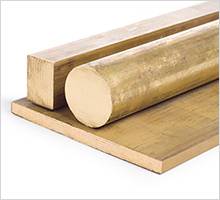
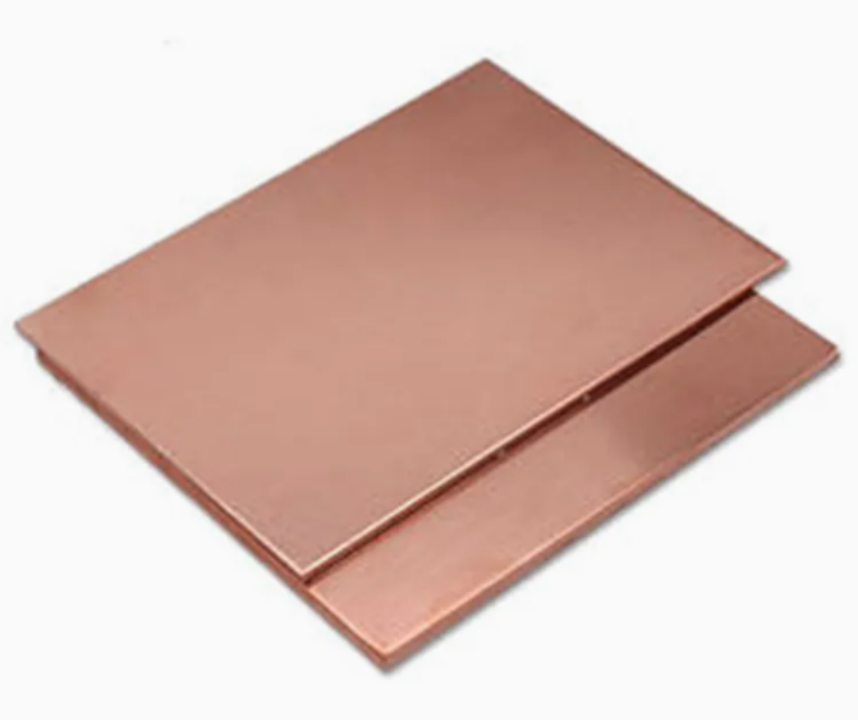
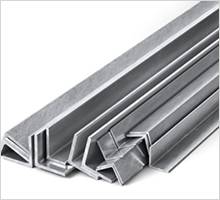
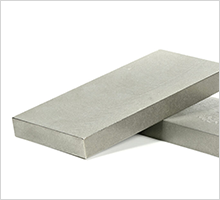
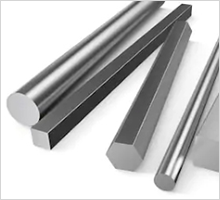

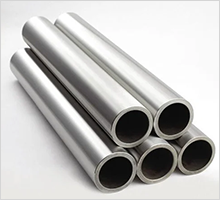
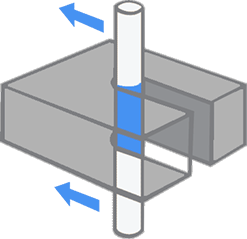
Do you need a quote for EDM machining parts?
Use our online quote system or contact us by email.
Contact UsApplications of Electrical Discharge Machining
EDM machining is widely used in machinery, mold making, aerospace, electronics, aviation, precision machinery, instrumentation, automobile, tractor, light industry, and other industries. It is used to solve the production problems of difficult-to-machine materials and complex shapes. The machining ranges from small shafts, holes, and seams of several microns to super large molds and parts of several meters.
- Wire cutting
- Threat cutting
- Rotary form cutting
- Micro-hole drilling
- Curved-hole drilling
- Hard-material engraving
- Helical profile milling
- Injection molding
- Die casting
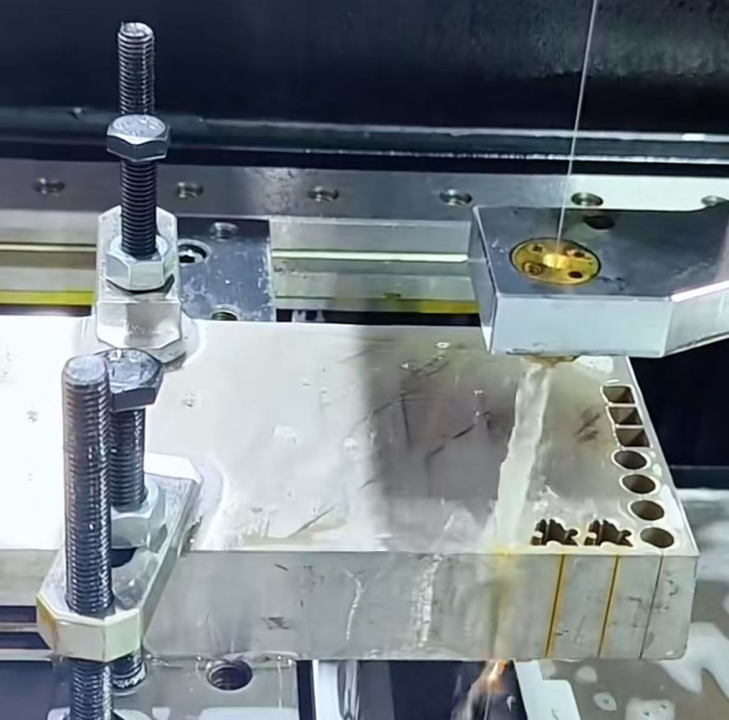
When to Use EDM - When EDM Machining is Needed?
Although EDM machining has various advantages, when should you use it instead of other processes? There are some applications that you can consider for electric discharge machining first.
-
 Machining hard materials
Machining hard materialsWhen you need to work with hard metals like titanium and other difficult-to-machine materials, EDM is preferred as it can easily remove materials on the workpiece without damage.
-
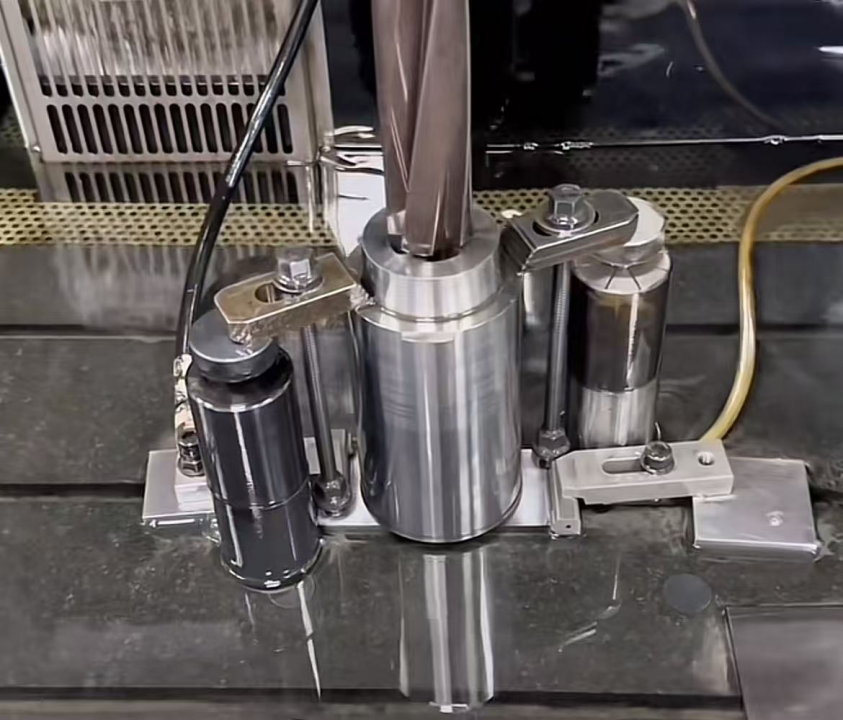 Creating complex or uncommon shapes
Creating complex or uncommon shapesEDM machining can fabricate complex shapes that are difficult or impossible to machine with conventional machining, and uncommon features like sharp corners and bending holes also can leave a good surface finish and high accuracy.
-
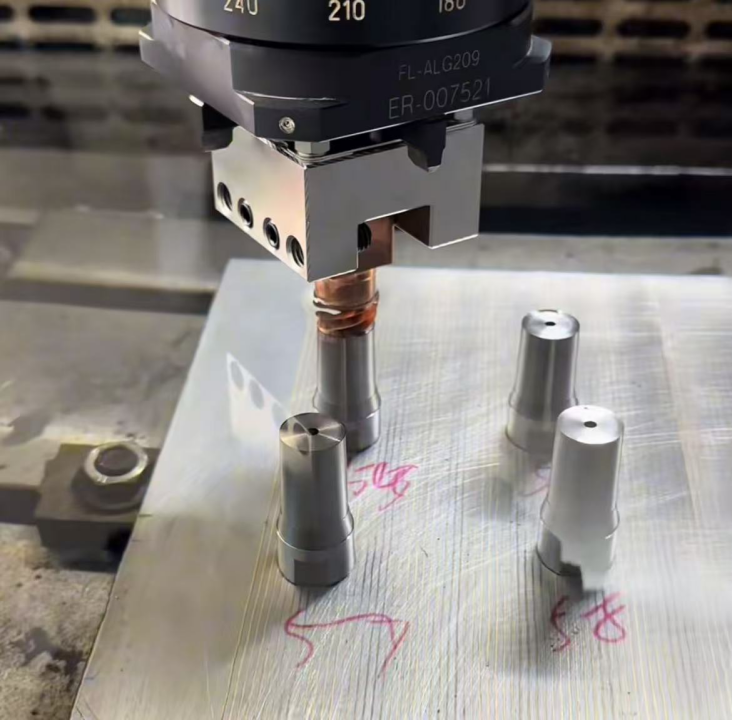 Small parts
Small partsEDM can also machine small-sized parts that are hard to hold and create intricate details inside, like jewelry and watchmaking.
-
 Tight tolerances
Tight tolerancesEDM machining service can achieve tight tolerances within 0.0001 inches, if your project requires high precision, like the manufacturing of injection molding tools, EDM would be a great choice.
Die Sinking EDM vs Wire EDM, What’s the Difference and Which One to Choose?
Die sinking EDM and wire EDM are two common types of electric discharge machining, they are both machining processes that utilize thermal energy with some similarities, but there are also lots of differences between them.
Die sinking EDM uses a die made of conductive metal as the tool electrode, while the wire EDM applies a conductive wire as the electrode.
Sinker EDM can produce intricate shapes with high precision and accuracy, with a complex die cavity, while wire EDM is typically used for creating more straightforward shapes or 2D cuts.
Die-sinking electric discharge machining can start working at any point or location, while wire-cutting EDM needs to begin machining from edges, extra operations are required if you want to cut from other locations.
Die-sinking EDM machining can make blind features such as blind holes, but wire EDM can’t do that.
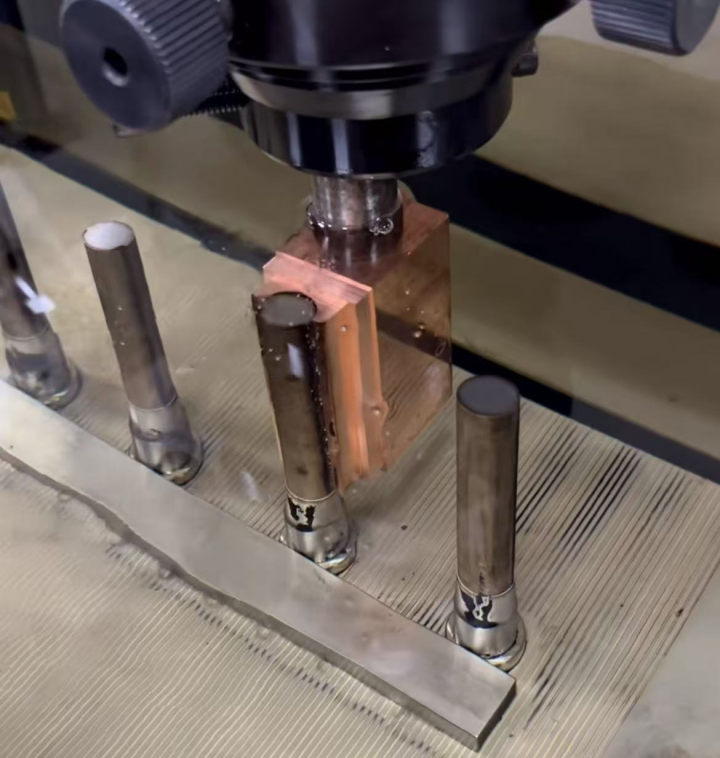
Wire-cutting EDM is generally faster than die-sinking EDM and can cut through thicker materials. So wire EDM is more suitable for mass production.
Ram EDM is suitable for machining hard materials, such as hardened steel, titanium, and wire electric discharge machining is ideal for aluminum or other soft materials.
Which EDM process is better for you? There are many factors that determine your choice between die sinker EDM and wire EDM. If you need to machine a part with complex shapes or intricate details, die-sinking EDM is a better choice. If you are working with softer materials, wire-cutting EDM is recommended. In addition, ram EDM gives a better surface finish, and wire EDM is more suitable for high-volume production runs.


